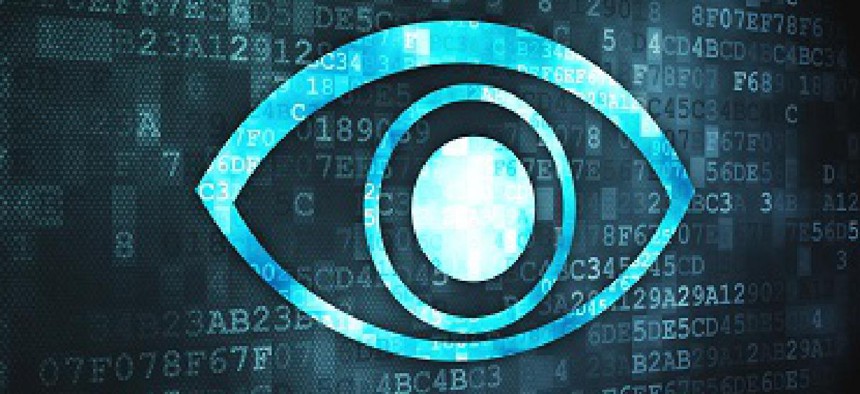NSA's ICREACH, hackable scanners and the British IT influence

News and notes from around the federal IT community.

Report: NSA using massive search engine to provide data to 23 agencies
The National Security Agency is using a massive "Google-like" search engine to share data related to phone calls, emails and other communications with 23 U.S. government agencies, The Intercept reported, citing classified documents provided by former NSA contractor Edward Snowden.
The search engine, dubbed ICREACH, is capable of sharing more than 850 billion records that cover phone calls, emails, cellphone locations and Internet chats, the report said. The communications of both foreigners and American citizens appear to have been caught up in ICREACH.
The classified documents, The Intercept reported, show the FBI and the Drug Enforcement Administration to be "key participants" in the ICREACH program.
Pahlka sees shades of British GDS in new U.S. agile push
Former deputy CTO Jennifer Pahlka's work with the Presidential Innovation Fellows was inspired in part by her observations of the British Government Digital Service. Under her leadership, the PIFs took on projects that highlighted the rapid prototyping and quick delivery development style, with an eye to pushing the agile method across government. The idea of a U.S. version of the British GDS appears to be taking hold, Pahlka told the Washington Post, with the recent launches of 18F at the General Services Administration and the U.S. Digital Service under new deputy federal CIO Mikey Dickerson.
"From a distance, agile development looks pretty sketchy... It says, 'we're going to contract with you and don't know exactly what we're going to get," Pahlka said. But she said the British experience has been to give smaller developers with less government experience the chance to work for the government, without having to become experts in the procurement process, not necessarily to push development inside government agencies.
"It's taking back control, re-crafting their approach in a user-centric way, and recreating the vendor ecosystem away from the big systems integrators and to smaller, more agile vendors," Pahlka said. Recent moves by the U.S. government, including the new internal tech teams and new procurement guidance suggest that it is, "getting to the point where government can buy and build what it needs," she said.
FBI nears completion of fingerprint file digitization
The FBI is set to complete the transition to its Next Generation Identification system in September. As part of the effort, the Criminal Justice Information Services has digitized an estimated 83 million fingerprint cards and 30 million records, according to an Aug. 22 announcement. The new system provides online access to state and local law enforcement customers looking for fingerprint matching services from the feds, and reduces processing time from hours to minutes or seconds, according to CJIS. It also means an end to the old-line analog system, which relied on experienced teams of searchers who accessed photographic fingerprint files at a CJIS warehouse in Clarksburg, W.Va.
Researchers: TSA scanners were hackable
A team of researchers found they could modify software on one of backscatter X-ray scanners deployed by the Transportation Security Administration to make it ignore contraband.
In a paper released the week of Aug. 18, researchers from the University of California, San Diego, the University of Michigan and Johns Hopkins University said they had found vulnerabilities in the Rapiscan Secure 1000 X-ray scanner deployed by the TSA to airports in 2009 and 2013 that could be exploited to make the device show a false "all clear" message.
In laboratory tests, the team claimed it was able to successfully conceal firearms and plastic explosive simulants using the technique.
TSA officials responded that the version of the Rapiscan Secure 1000 the agency used was not available commercially, and that TSA did not employ commercial versions of software for its machines. TSA claims to modify scanners using its own software library, and to remove that software when units are decommissioned.
According to the researchers, the Secure 1000 scanners were removed from airports in 2013 due to privacy concerns, and are being repurposed to jails, courthouses and other government facilities.


